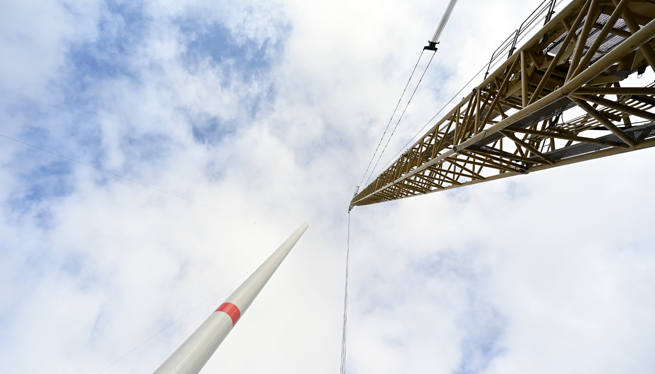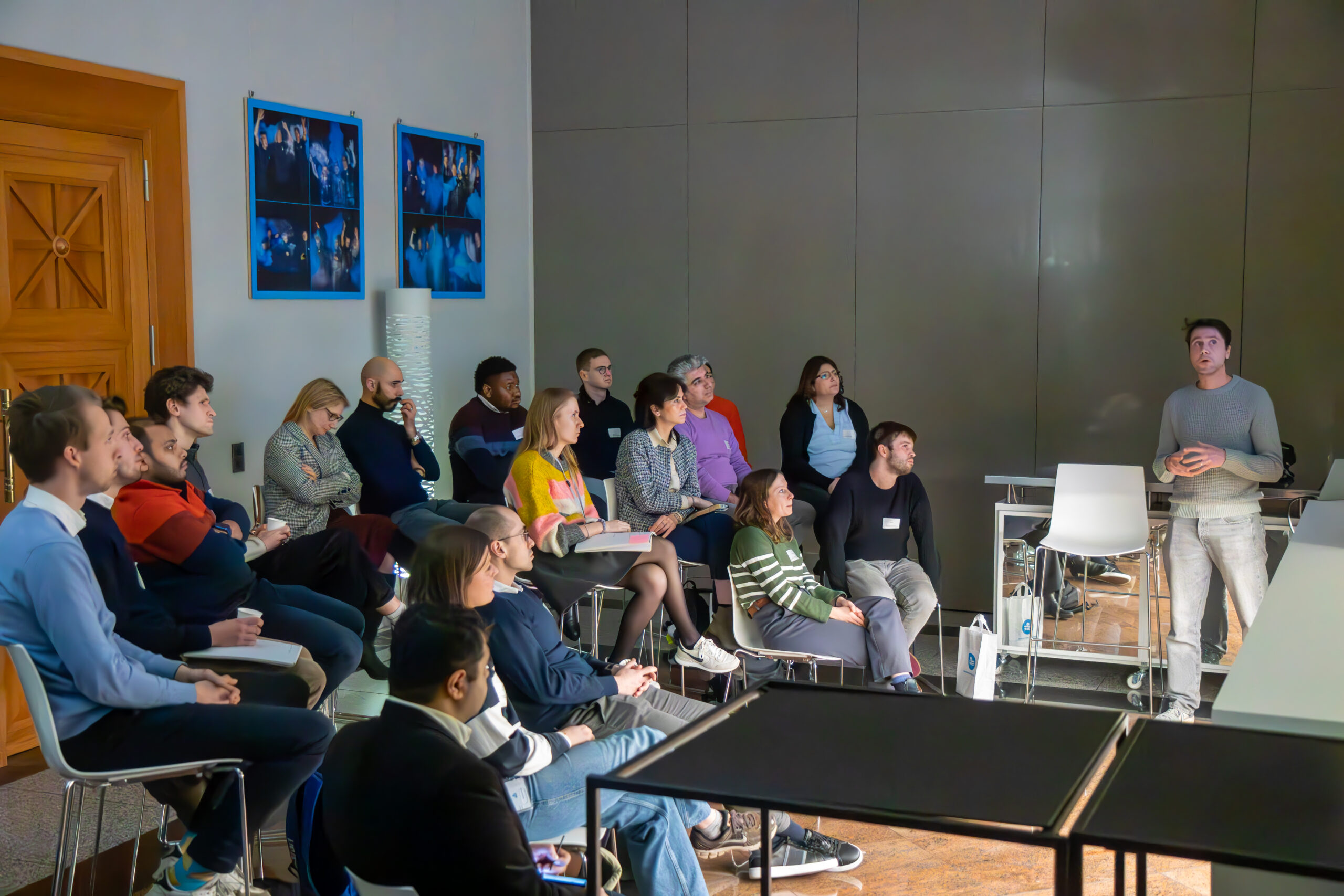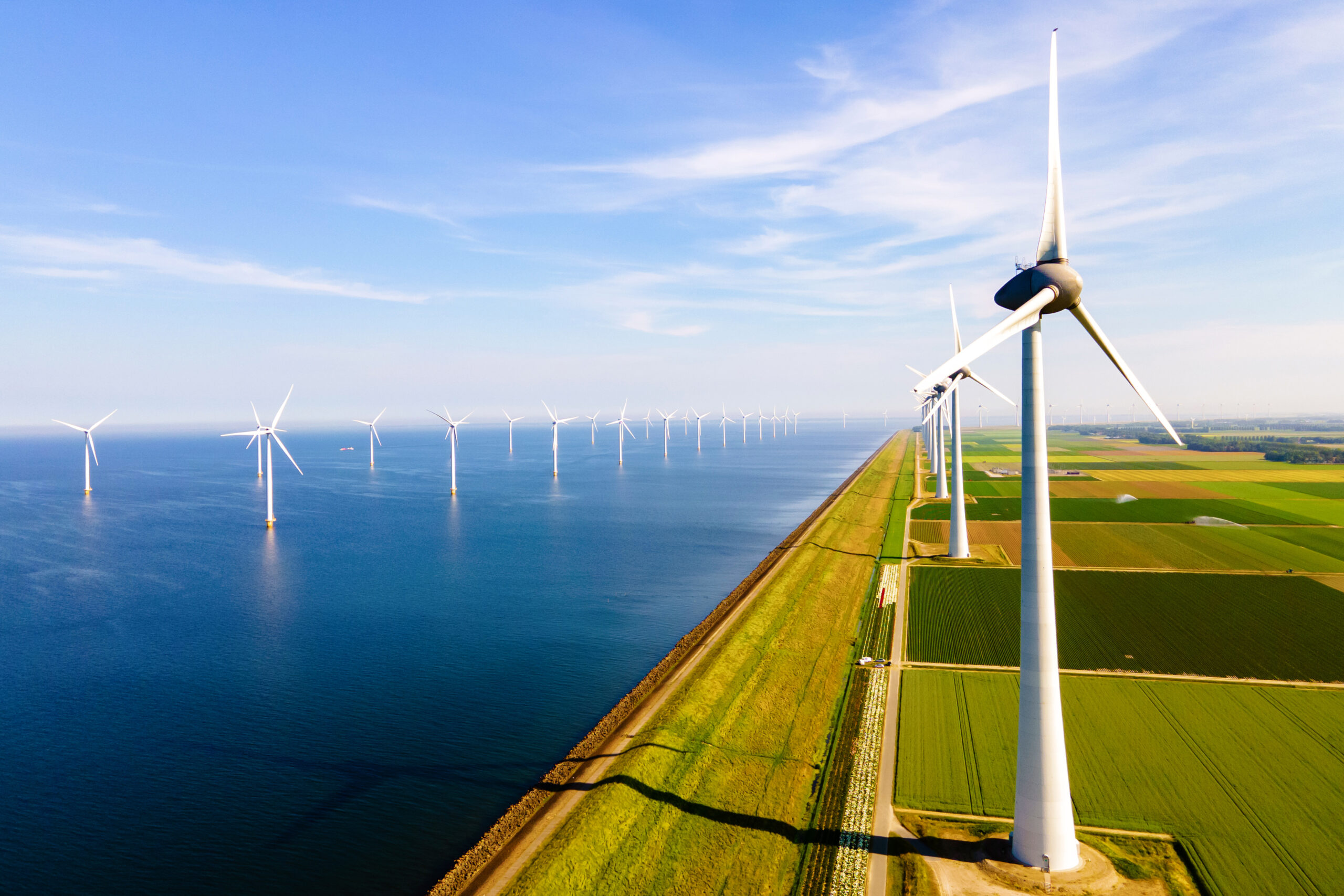In-depth analysis allowed ENGIE Research to challenge OEM-imposed wind sector management (WSM) on a turbine in the port of Ghent. The study sheds additional light on how to better assess the phenomenon of wind distortion in complex terrain.

In the future, wind turbines will need to be deployed on more complex terrain because the availability of simple flat landscapes is becoming scarce. Complex terrain presents higher wind flow distortions, but how does that impact production and loads? Current flow models and wind speed measurements at hub level do not adapt well to such complex landscapes.
That’s why ENGIE Research (including ENGIE Laborelec) launched a program to assess the impact of industrial environments and buildings on wind farm development, focusing on the Rodenhuize Repowering Wind Farm in the port of Ghent.
Three complementary assessment methods
The Rodenhuize development consists of three wind turbines. On one turbine, the OEM imposed 60° of WSM to avoid running the turbine in the presumed disturbed airflow created by the presence of a cooling tower and boiler house in the immediate vicinity.
We challenged this decision, demonstrating that the software used for the impact analysis tends to overestimate wind shear phenomena and thus is inappropriate for this kind of analysis. In concurring with this, the OEM was prepared to discuss other assessment methodologies. We then launched a comprehensive analysis involving the calculation of flow disturbance using computational fluid dynamics (CFD), along with Lidar and wind tunnel measurements.
CFD analysis indicates less disturbance
The CFD calculation had already indicated that the structures had a lesser impact than estimated by the OEM, which allowed us to bring the WSM back to 40°. However, the Lidar measurements were inconclusive in this respect because the disturbed flow created too much uncertainty in the measurements in the sectors concerned.
Nevertheless, analysis of the measurements confirmed our hypotheses concerning undisturbed flow, because the results were coherent and in line with expectations. The wind tunnel measurements indicated lower wind shear values than those calculated using CFD, probably due to inadequate assumptions about the turbulence characteristics in the CFD model.
Steep learning curve
Laborelec expert Jeroen Martens confirms to the challenge of accurately modelling and measuring such complex flows: “We still need to learn more about this phenomenon. None of the three methods used is conclusive by itself. It will be crucial to make a qualitative analysis by cross correlating the results.”
In 2022, we will be investigating further how CFD modeling and Lidar measurement can be combined to better assess the impact of wind characteristics on production and loads.




